The aromatic scent of slow-roasted beef wafting through the air. A warm, hearty sandwich stacked high with tender, juicy meat. For those who grew up in the Midwest in the 1970s and 80s, these sensory memories may conjure up nostalgic feelings for Rax Roast Beef restaurants.
Once a dominant force in fast food, Rax expanded rapidly across over 30 states, offering delicious roasted beef sandwiches at affordable prices. But poor decisions led this titan to crumble. By the late 1980s, Rax filed for bankruptcy. Today, only a handful of these iconic restaurants remain.
So how did the fast food chain go from 500 Rax restaurant locations to near extinction? Here’s the bizarre story behind the incredible rise and tragic downfall of Rax Roast Beef.
Mr. Delicious and the Bizarre Marketing Missteps That Led To The Downfall of Rax Restaurants ... #Rax #RaxRestaurants #RaxRoastBeef #RoastBeef #MarketingFails #MrDelicious Share on XThe Humble Origins Of A Roast Beef Empire
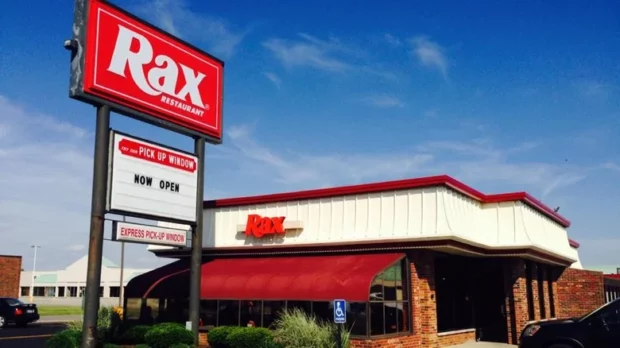
Rax’s founder, John A. Roshman, got his start in the fast food business selling hardware with his father at a Chicago restaurant show. There, a chance encounter with future McDonald’s founder Ray Kroc sparked his interest in the booming fast food industry.
After college, Roshman pursued various business ventures, including founding the Jax Roast Beef chain. In 1962, Roshman sold Jax and another brand, Burger Chef, to General Foods. He remained involved with Jax throughout the 60s and 70s as General Foods rebranded it to RIX Roast Beef.
RIX was purchased by RAC Restaurant Administration Co. in 1972. RAC owned other major chains like Wendy’’ and saw growth potential in roast beef. They rebranded RIX to Rax Roast Beef in 1977 and rapidly expanded through the early 80s.
What set Rax apart from competitors? Its realistic vision and focus on its core menu. Rax built locations in working-class areas throughout the Midwest. The menu centered on roast beef sandwiches, salads, and sides—straightforward, hearty comfort food. This simple formula led to a successful and growing restaurant chain that expanded to over 500 locations across 30 states by 1983.
From Roast Beef Royalty To Retro Relic: The Fall Of Rax Restaurants
The peak of Rax’s success in the early ’80s can be attributed to its conservative business approach and a menu tailored to its core customer base.
But by the mid-80s, Rax diverged from its successful blueprint. Seeking to expand its customer base, Rax experimented by adding new cuisines like pizza, pasta, and Chinese food. Locations got expensive makeovers with solariums and wood accents, aiming for an upscale fast food vibe.
It’s not unusual for fast food restaurants to modify and evolve their menus. For example, the McDonald’s menu is constantly changing. But the major changes that Rax’s menu underwent left loyal customers feeling confused. Rax wasn’t the best at any of these new offerings, which diluted its specialty in roast beef. And its new fancy style alienated its traditional working-class patrons. Rax had lost sight of its identity.
This deviation from their menu, coupled with a marketing effort that aimed to shed their old image, marked the beginning of Rax’s decline.
The Bizarre Mr. Delicious Marketing Campaign
As if menu changes weren’t enough, Rax took a bold step with its marketing strategy. They changed their slogan to the uninspiring phrase, “You can eat here.”
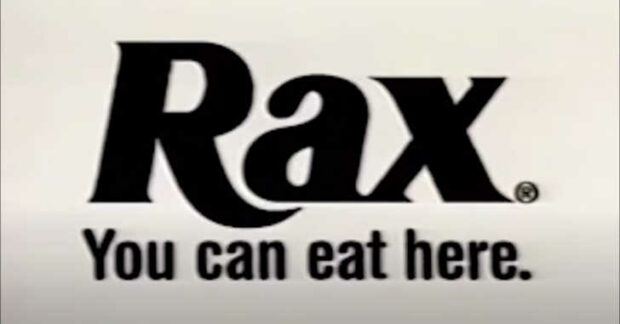
Panicking as sales declined, Rax rolled out its most infamous marketing campaign. Say hello to Mr. Delicious – a character designed to be controversial, blunt, and relatable.
Created by the Deutsch advertising company, “Mr. D” was an attempt to generate discussion and connect with consumers on a personal level. He was a black and white cartoon of a middle-aged man in a dated suit sharing uncomfortable personal stories in a dry, melancholy tone.
According to Rax, Mr. Delicious was designed to spark controversy and get people talking. But the offbeat campaign completely failed to connect with customers. By late 1986, just months after Mr. Delicious debuted, Rax filed for bankruptcy.
The Mr. Delicious debacle is now remembered as one of the most bizarre flops in advertising history. But Rax’s rapid expansion and sudden downfall also provides important business lessons—stay focused on your core competency, know your target audience, and don’t try to be something you’re not.
The Tragic Downfall Of Rax Roast Beef
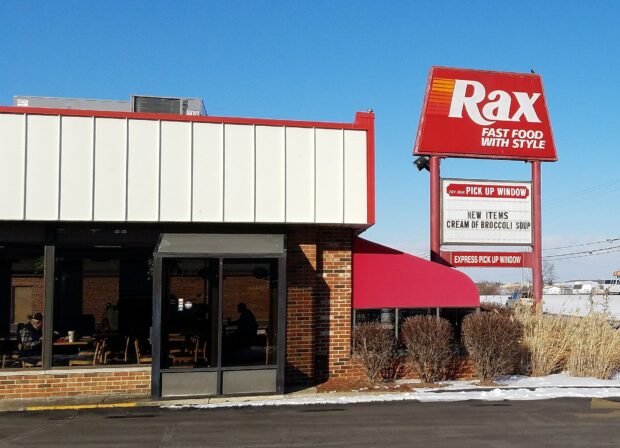
Picking up the pieces from their bankruptcy, Rax survived, but just barely. They went from a peak of 504 locations in 38 states (plus a location in Guatemala City), to only 8 today.
Rax never fully recovered from its ill-advised menu, decor, and marketing experiments. As suddenly as it rose to fast food fame, the Rax empire crumbled. From over 500 locations, only a handful today, almost all in Ohio, Rax’s home state.
While Rax may no longer be a fast-food giant, the cautionary tale of Mr. Delicious ensures its place in QSR culinary history.
What’s Next For Rax Restaurants?
For Midwesterners who grew up eating its signature roast beef sandwiches, Rax remains a nostalgic symbol of the past.
Will Rax rise again? Who knows? One of Rax’s biggest competitors, Arby‘s, has had some impressive growth the past several years. Maybe customer demand for roast beef sandwiches could help revive Rax Restaurants.
Have you ever eaten at Rax before? What did you think about Mr. Delicious? Please let us know in the comments.
From Roast Beef Royalty To Retro Relic: The Rise And Fall Of Rax Roast Beef ... #Rax #RaxRestaurants #RaxRoastBeef #RoastBeef #MarketingFails #MrDelicious Share on XI’m a freelance writer with ten years of experience writing articles and article reviews. My blog URL address is http://peoplepower.ning.com













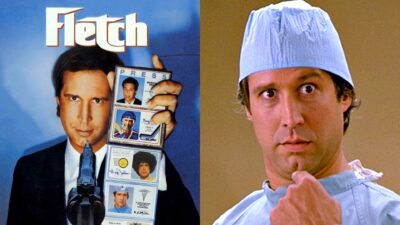

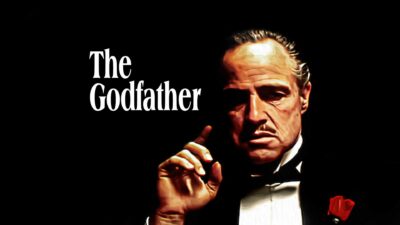


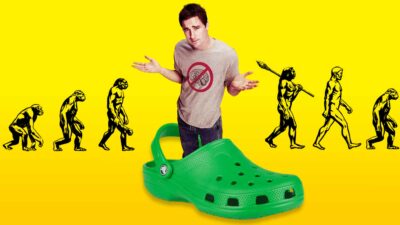



 What Does USS Stand for in Star Trek?
What Does USS Stand for in Star Trek?
Leave a Reply